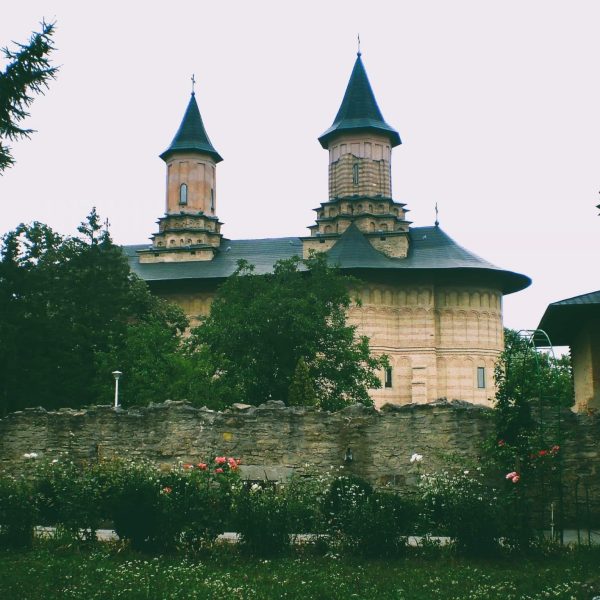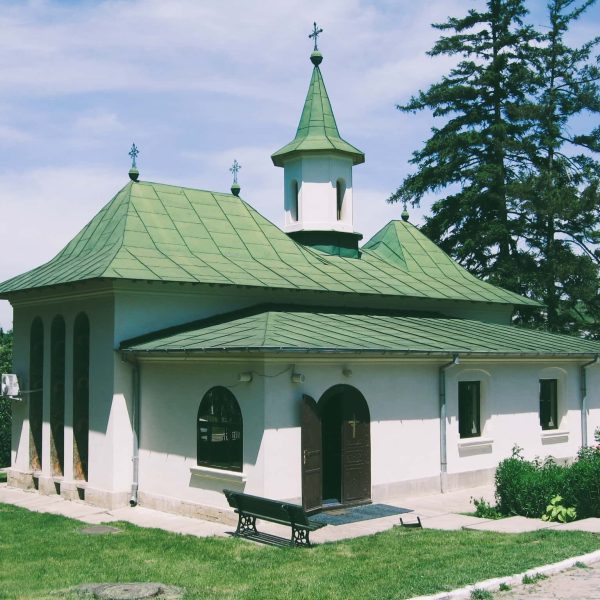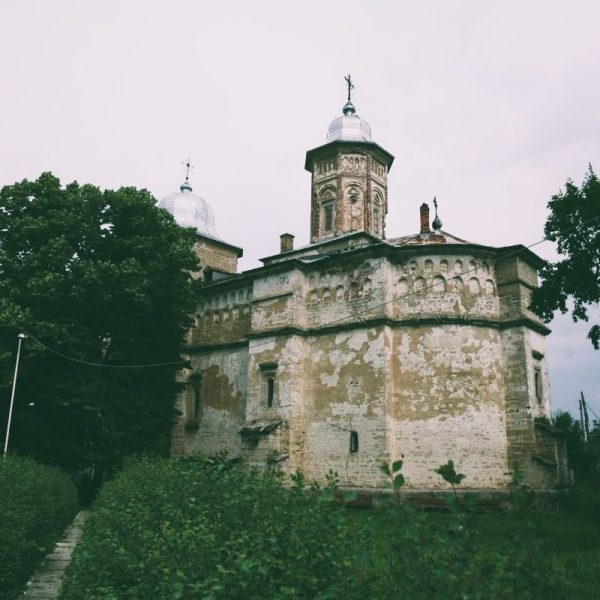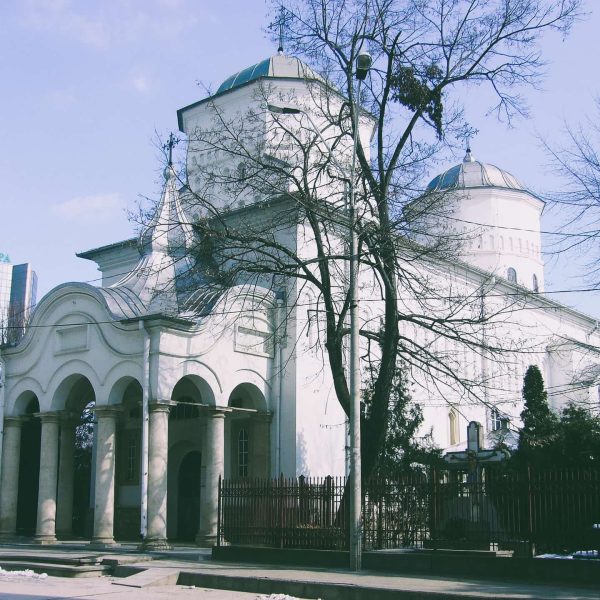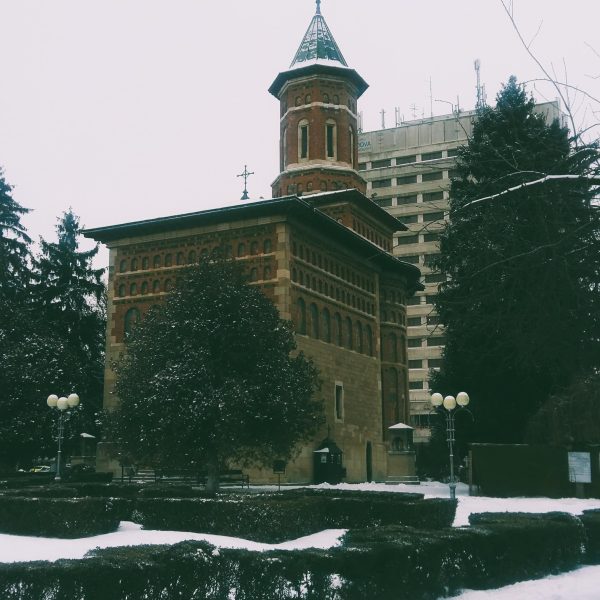“Saint Sava” Church
In 1625, due to the fast degradation of the edifice and the fire started by the Tatar invasion, the monastery’s church was completely rebuilt, the second founder being the court marshal Ioan Enache Caragea. “Saint Sava” Church was a significant cultural, social and political Orthodox centre. In 1714, during the reign of Nicolae Mavrocordat, this is where the Princely Academy, a library and a Slavonic-Romanian printing press (which also printed in Greek and Arabic) were founded. In the “Deaconry” House, located nearby, “Saint Sava” National College was opened in 1864, which nowadays hosts a social and education center. After the demolition of Dancu Monastery in 1903 situated near the National Theatre, “Saint Sava” Monastery received the coffin with fragments of relics of Saints Trifon and Marina.
The religious dwelling is unique in Romania due to its shape, typical to the Oriental Byzantine architecture. This can be observed through the impression of massiveness given by the size of the church building, the position of the two short, but massive towers, the exterior finished stone, as well as by the size of the steeple which looks like a fortress. The stone profile of the base is typical to the Moldavian ecclesiastic architecture, while the exterior middle brick frieze, with a crenelated shape next to the spiral frieze of the towers belongs to the traditional Wallachian architecture. The Gothic style is present through the west door cornice with moldings and through the broken arch of the archways. The two wide open towers, with 12 sides, have a braided frieze at the base and a niche frieze above it. The towers end in flattened domes, typical to Byzantine, but also Ottoman architecture.
The tall iconostasis was made in the 19th century in Baroque style, with gilded sculpted adornments. The inside painting was made in 1832 in Renaissance style in “secco” technique, but was mainly destroyed. The church was repainted in 2010-2013 in Neo-Byzantine style, in “fresco” technique and about 150 square meters of the old painting were restored and harmoniously integrated with the new one. The main entrance painting, situated on the ground floor of the steeple, presents scenes of Saint Sava’s life, who lived between 439 and 532. The painted scenes are inspired by the biography written by his pupil, Chiril from Skitopolis. “Sava’s Ritual” is his most important written work, which comprises the service rituals for the entire year. His relics can be found at Lavra Monastery (or Mar Saba), founded by him in the Palestinian dessert. The painting in the west porch presents the commemorative painting of Voivode of Moldavia, Petru Șchiopul and his family, as first founders of the dwelling.
The steeple is structured on three levels. The first one is the ground floor that integrates the southern entrance hallway. The second level hosts the Parochial Museum with a collection of patrimony old books of the 18th-19th centuries, liturgical and religious didactic books and religious objects found through the archaeological research made during the church’s renovation in 2013. The last level hosts the big bell of 910 kg dating from 1809 and a more recent smaller bell, of 300 kg.
The church’s park has been rearranged in a modern style, and a cross made of Dobrogea quarry stone was placed in its middle, under which bones from the cemetery of the former monastery were buried. Since 2005, the church is the main religious dwelling for people with hearing and speaking deficiencies, to whom the services are being translated into mimic-gesture language.

